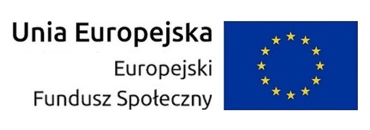A New Mathematical Model of Corneal Topography
- Prelegent(ci)
- Łukasz Płociniczak
- Afiliacja
- Politechnika Wrocławska
- Termin
- 24 kwietnia 2013 16:15
- Pokój
- p. 5820
- Seminarium
- Seminarium Zakładu Biomatematyki i Teorii Gier
Sight is the most important sense that we posses. It is crucial to
understand the mechanics of vision in order to treat various diseases
that may occur and disturb regular seeing. The eye's main part
responsible for about two-thirds of refractive power is the cornea.
Cornea is transparent, shell-like structure situated in the frontal part
of the eye. It is one of the most sensitive parts of human body and its
various irregularities can cause many seeing disorders. Precise
knowledge of corneal shape is very important and accurate
mathematical models are necessary to fully understand biomechanics
of cornea. We present a new model of corneal geometry based on a
nonlinear membrane equation. We establish existence of solution and
provide some estimates. When fitting with data we use its simplied
form and find that mean error is of order of a few percent. Also, we
are concerned with determining some unknown parameters when the
solution is known (usually with a noise). This is one example of so
called Inverse Problems. They are usually more difficult to solve and
analyze than direct ones. Moreover, they often are ill-posed, that is,
not necessarily have unique solution which is continuous with respect
to the initial data. We propose some regularization methods and apply
them to the real corneal data. We struggle with two types of
different inverse problems. The first one concerns constant parameter
case. It turns out that determination of these constants is a nonlinear
problem in two unknowns to which solution we develop an iteration
scheme and prove rates of convergence. The second problem is linear
one and concerns the case when one of unknown parameters is not
necessarily constant.
We propose some regularization method based on classical ones. In
the end we obtain a stable method of determining unknown
parameters of our differential equation from the knowledge of
corneal shape. These parameters may have direct relation to some
biomechanical properties of the eye and can be used to provide some
insights of corneal structure.
 Nie jesteś zalogowany |
Nie jesteś zalogowany |



















